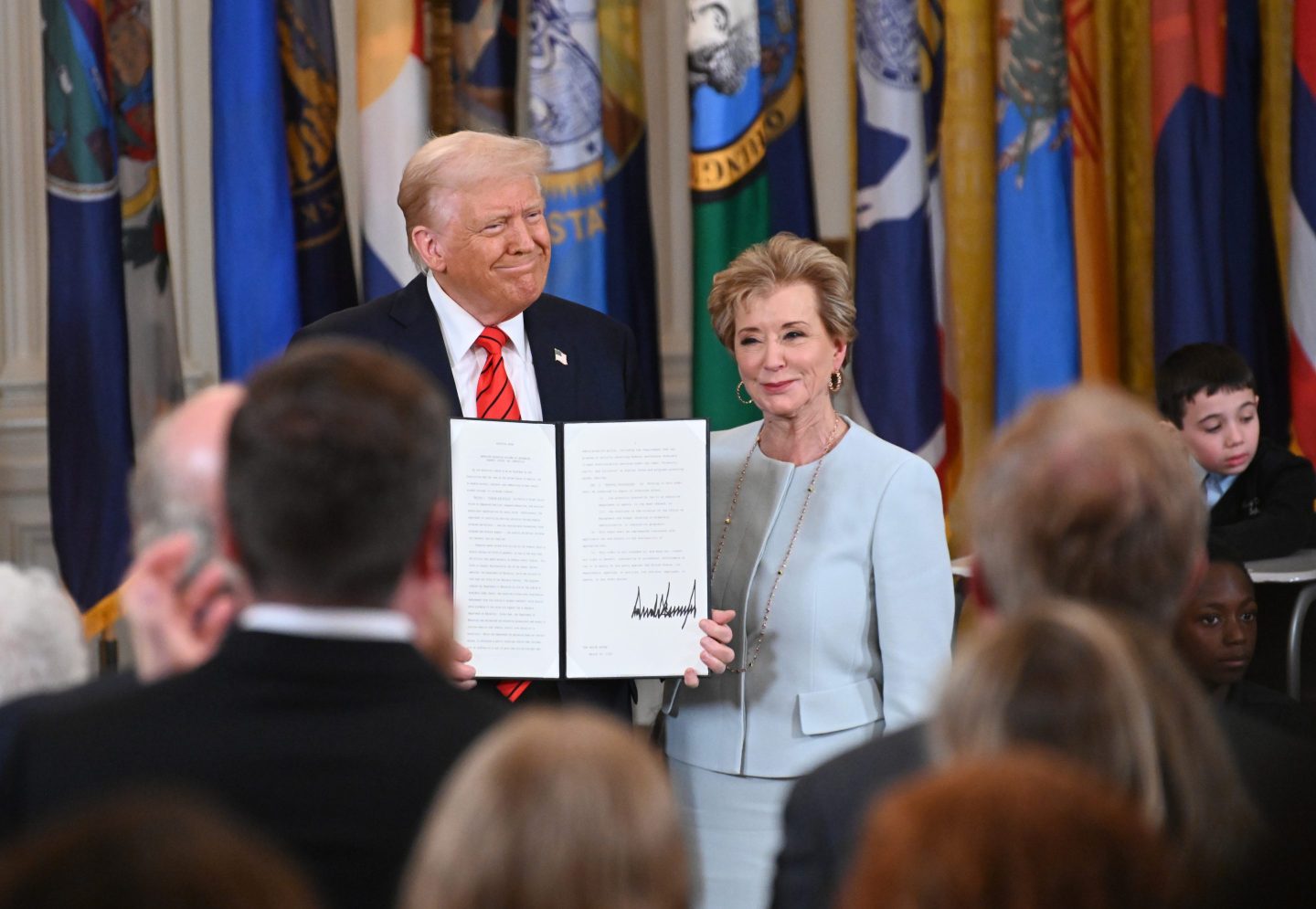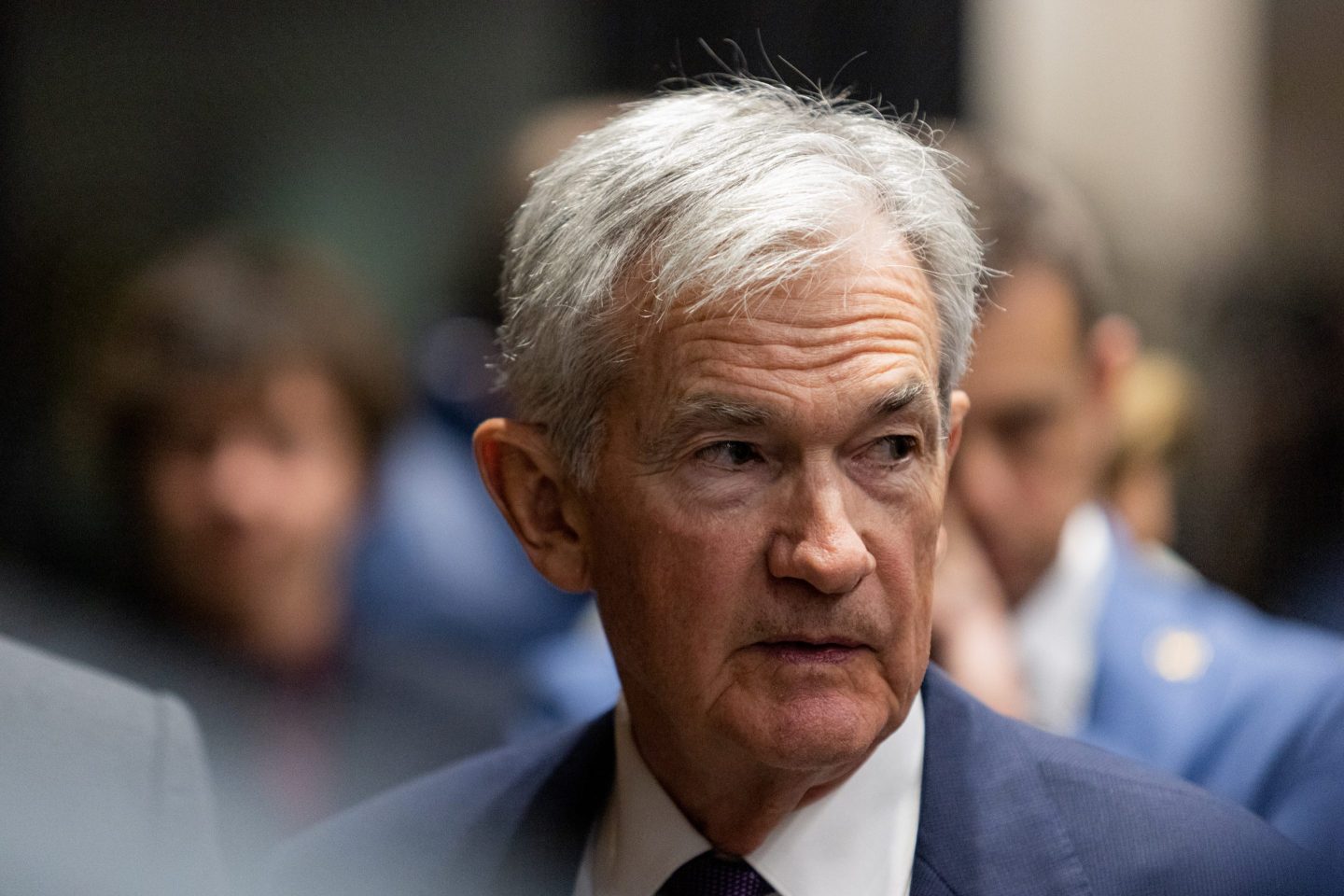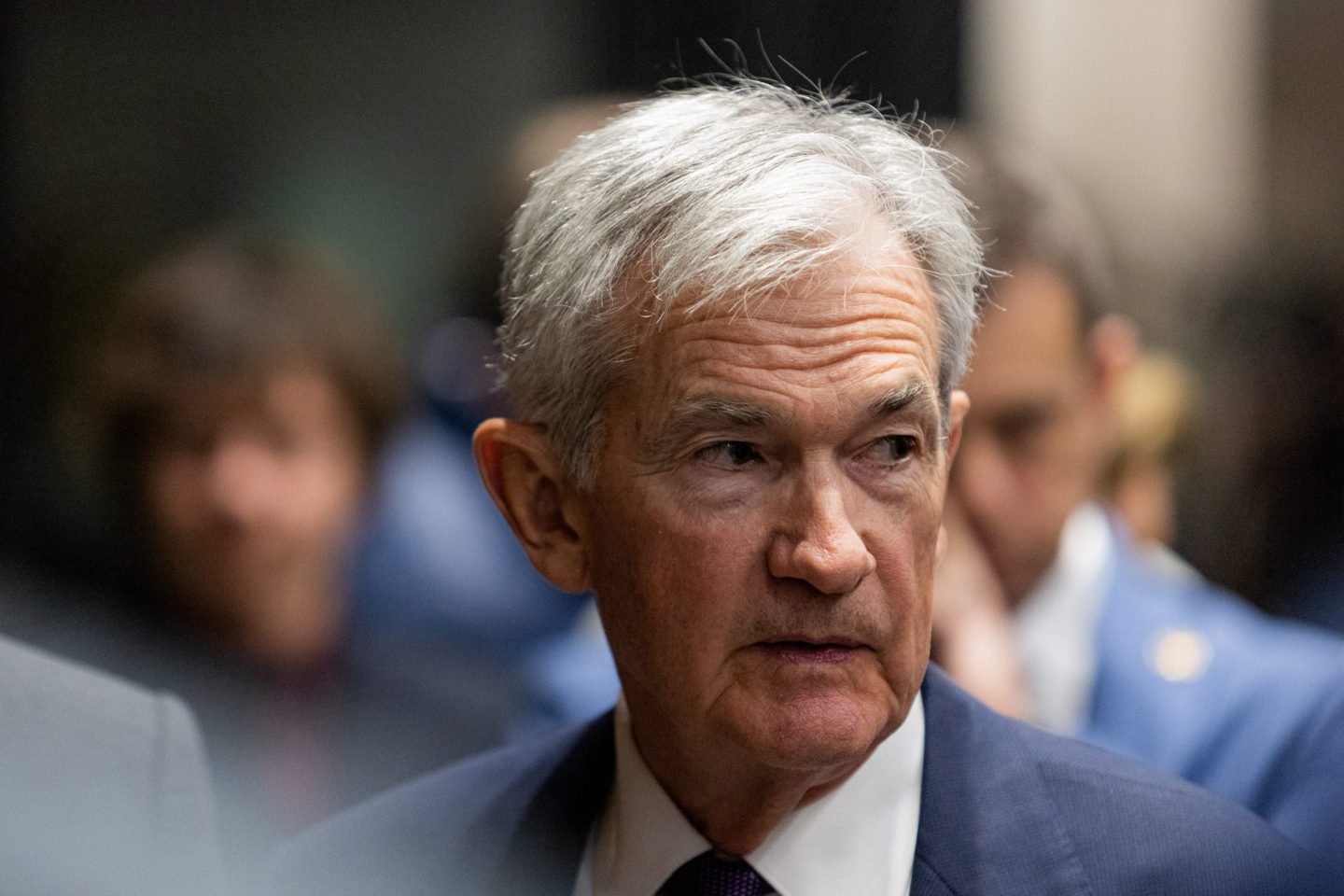President Donald Trump signed an executive order on Thursday aimed at winding down the U.S. Department of Education. While Republicans cheer on the move, which many observers are calling legally dubious, it has left nearly 45 million student loan borrowers with one more thing to worry about: what happens to their monthly payments?
According to the president, the estimated $1.7 trillion student loan portfolio will no longer be managed by the Department of Education’s Federal Student Aid (FSA) office. Instead, the Small Business Administration will now oversee student loans, he said Friday in the Oval Office. And special education services and nutrition programs once handled by the Education Department will now be the purview of the Department of Health and Human Services.
“We have a portfolio that is very large, lots of loans, tens of thousands of loans, pretty complicated deal,” Trump said.
Still, it’s not immediately clear what will happen to the student loan portfolio or even if the president’s actions are legal.
It’s also not clear if the Education Department will continue to lend money going forward or how much, although Secretary of Education Linda McMahon said Thursday that the department will still “support” borrowers. It is a goal of the conservative Heritage Foundation’s Project 2025—which has acted as a roadmap for much of the Trump administration’s actions so far—for all loans to be privatized.
“Closing the Department does not mean cutting off funds from those who depend on them,” McMahon said in a statement. “We will continue to support K-12 students, students with special needs, college student borrowers, and others who rely on essential programs.”
Transferring the student loan portfolio to a new department would cause “considerable upheaval initially and the issues could persist for years,” Kevin Ladd, chief operating officer and co-creator of Scholarships.com, who has worked in the higher education funding field for 25 years, previously told Fortune. The new department would need more staffing and new computer systems, and there would need to be new oversight and other protection processes put in place, says Ladd. Meanwhile, the Trump administration is aggressively cutting federal government staff. In fact, the Small Business Administration announced Thursday that it is cutting 43% of its workforce.
Programs like Public Service Loan Forgiveness (PSLF) and income-driven repayments plans that help students discharge their loans more quickly are also at risk of “going away,” Ladd said.
“While federal student loans would likely continue to be an option for current and future college students, the terms would likely be much stricter and students should be taking that into consideration before signing off on anything,” he said.
Student loan system in upheaval
Trump signed an executive order earlier this month stating borrowers working at nonprofit groups will not be eligible for student loan forgiveness if the Administration deems they have engaged in “improper” activities . While it is unclear what exactly would fall into this category, this will comes as worrying news for some borrowers who have spent years working in careers that been eligible for loan forgiveness.
Additionally, a federal court recently upheld an injunction related to former President Joe Biden’s Saving on a Valuable Education (SAVE) plan, an income-based repayment plan that greatly reduced some borrowers’ monthly payments. That has sent bills sky-rocketing for some borrowers. Others have taken major hits to their credit scores.
And McMahon has stated she is cutting the department’s workforce by nearly 50%, reducing it from 4,133 workers to roughly 2,183.
Critics of the president’s actions say that more people will need to take out private loans to attend school, which will be detrimental to their long-term financial health. Private loans have fewer consumer protections than federal loans, and potentially higher interest rates.
“Without the Department, fewer students would be able to go to college, student loan borrowers would default in droves, and fraudulent colleges would prey on students with impunity,” says Sameer Gadkaree, president and CEO of The Institute for College Access & Success, an independent nonprofit that advocates for better access to higher education.
Also a worry: the companies managing student loans on behalf of the government already face complaints about mismanaging the repayment terms—particularly when there is a change in which company is processing the payments. Increasing the disarray could increase headaches for borrowers.
Those enrolled in the Public Service Loan Forgiveness program, for example, will have to be extra careful checking that their payment counts are being updated. Once these borrowers make 120 on-time payments in certified professions, the remainder of their loans are legally supposed to be forgiven. But there have been numerous issues with this process in years past, and that was while the Education Department was operating as intended.
Update: This story has been updated to reflect President Donald Trump’s most recent statements on the nation’s student loan portfolio.












